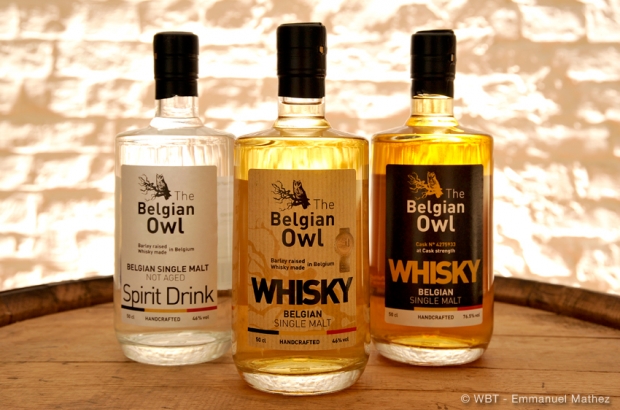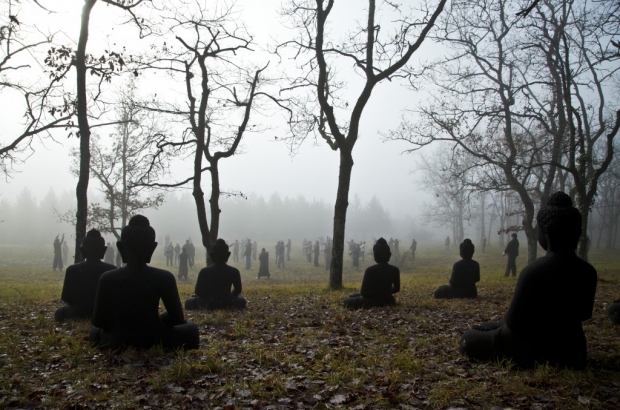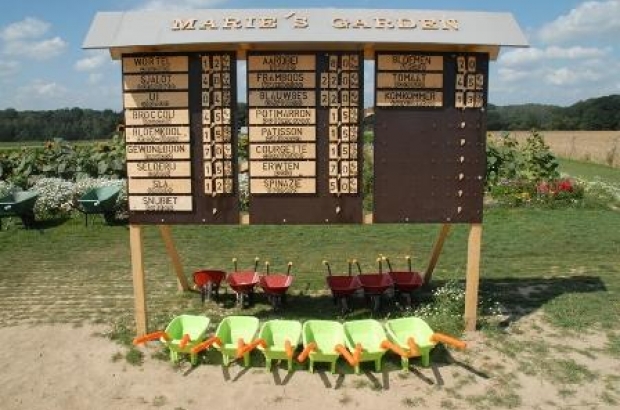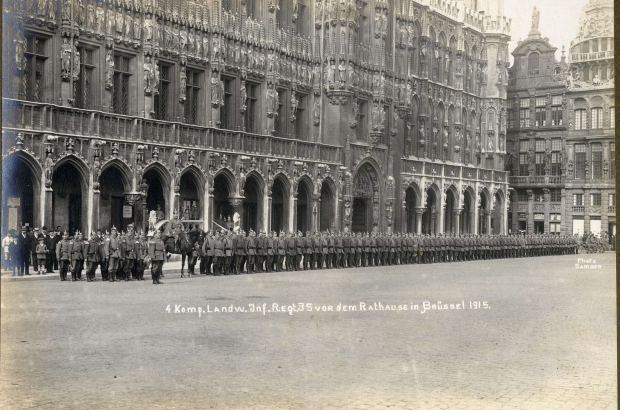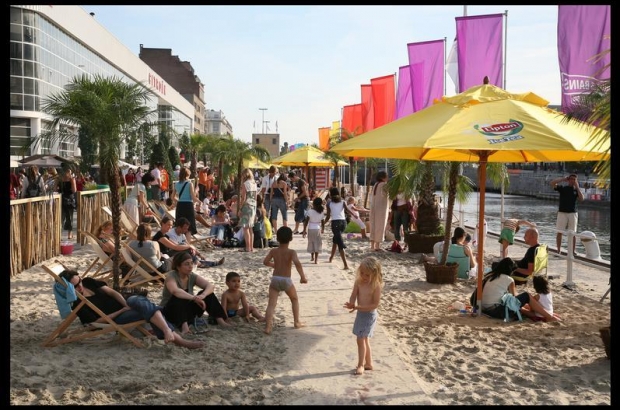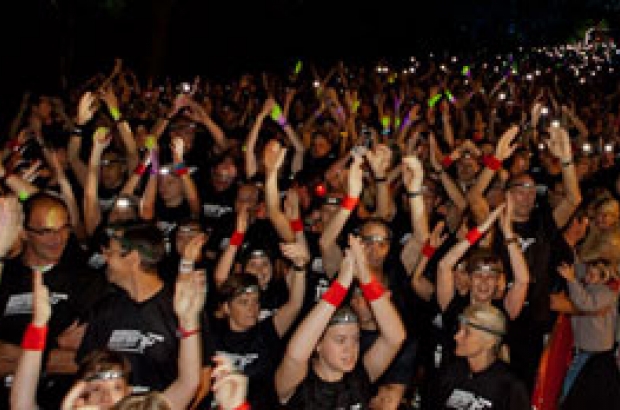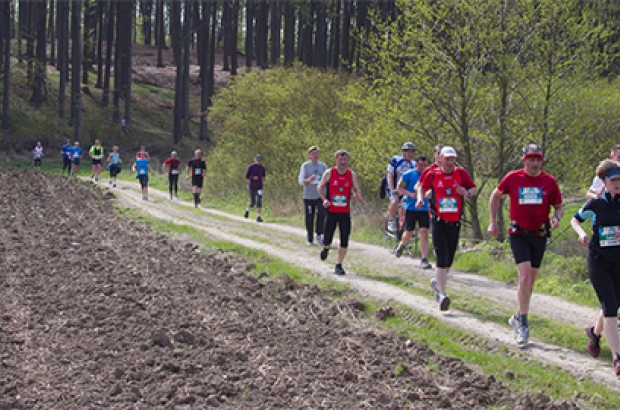5 essential World War One sites in Brussels and Wallonia
Belgium is home to literally hundreds of sites, cemeteries and monuments commemorating one of the most traumatic events in the region’s – and the world’s – history: the First World War.
As we mark 100 years since the Great War’s beginning and end, over the next four years thousands of people will come to Belgium to remember the dead and visit the places where much of the war’s destruction took place.
While many reputed World War One sites are in West Flanders (along a route the Ypres tourist office has deemed the Peace Route), numerous lesser-known but equally important sites relating to the ‘War to end all wars’ are located in the Brussels and Wallonia regions. So once you’ve covered the top 10 essential war sites in Flanders, try these top 5 sites that will help you understand the total breadth and scope of the war’s impact in Brussels and Wallonia.
1.) Liège: the beginning of WWI
Everyone knows about the war in the trenches, but very little is written about the Battle of Liège. In fact, when we talk of the start of World War One on August 4, 1914, we are actually referring to when German troops invaded neutral Belgium in the province of Liège. Liège had to face the most unexpected violent attacks from the German troops, and their Defence Line ‘Position fortifiée de Liège' had the very sad privilege of being on the first front line of the German attack and attempts to invade Western Europe.
Fort de Loncin
To witness the often-forgotten bravery of these soldier, give one of Liège’s best preserved forts Fort de Loncin a visit. A place were Belgian soldiers were under seige for 3 days before being blasted out by the Germans, Fort de Loncin has been perfectly preserved to the show the devastation suffered in the beginning of World War One. You can tour the remaining inside structure and surrounding grounds, and observe battle damage from a tremedous explosion that killed 350 of 500 Belgian soldiers. For a full ‘online’ visit, check out this great cheeseweb article.
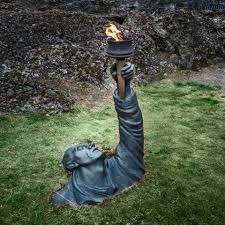
Liège museums
In addition to visiting the surround Liège forts, many major exhibitions exist in Liège that are worth a gander. Liège Expo 14-18 portrays life of Belgians during the war and goes into detail about Liège’s defence line. Other expositions worth seeing are ‘I Was 20 in 14’ at the Liège-Guillemins train station and ‘Liège in Torment’ at Musée de la vie wallonne.
2.) Plugstreet (Ploegsteert): a moment of peace in the trenches
Comines-Warneton is a Walloon enclave in Flanders belonging to the province of Hainaut, even though it’s separated from its motherland by a chunk of France. Plugstreet (real name Ploegsteert) is the most westerly settlement in Wallonia, just 2km north of the French border. Both found themselves on or near the front line in the early months of the Great War.
You can experience Plugstreet (or Ploegsteert in dutch), by visiting its British memorial to the Missing, and get a feel for how the soldiers lived in the trenches in the Plugstreet 14-18 Experience : First World War Interpretation Centre. It has a cinema showing the background to the Great War, a three-dimensional map of the western front and a special presentation on the battle of Messines Ridge in June 1917, which was won by the Allies when thousands of tonnes of high explosive were detonated beneath the German line. It’s said that the shockwaves carried across the Channel and were felt in London.
Christmas Day Truce Memorial
Another humble landmark worth seeing in this area is on the edge of a turnip field near the hamlet of Saint-Yves: a simple cross marking the spot where troops from both sides laid down their arms and organised an impromptu football match on Christmas Day, 1914. This memorial is often decorated with football gear to commemorate one of the most unlikely sporting events ever held, and welcomes an international re-enactment on 19-21 December 2014.
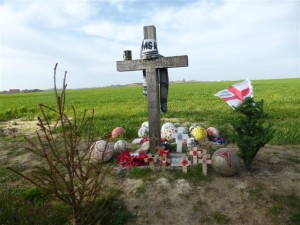
On this note, the Belgian Tourist Office of Brussels and Wallonia is also looking for descendants of the soldiers who took part in the Christmas Day truce to create a very special gathering at the centenary celebration. For more information, see the “How Belgian do u think u are” app on their website.
3.) Brussels: the occupied city
Although Brussels was far from the front line, the German occupation of the city was particularly oppressive and humiliating for the people, who struggled to survive. The capital was the largest city on the continent to endure the entire conflict under German occupation. The city suffered severe unemployment and economic paralysis. How did the people manage to feed themselves, clothe themselves and keep warm in the winter while still mounting daily resistance against the invader? An exhibition covering this often forgotten aspect of the Great War will be mounted at the Town Museum (Musée de la Ville de Bruxelles) in the Grand Place.
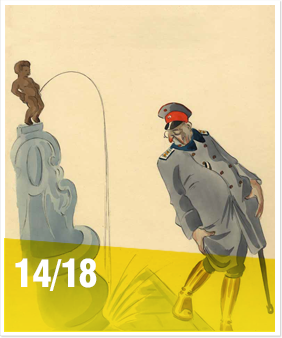
Meanwhile, another major exhibition - 14-18-its-our-history – will be on display at the Royal Army and Military History Museum in Parc du Cinquantenaire.
Finally, Brussels at War is a wonderful and visually rich website for those wanting to learn about Brussels’ involvement in the First World War from home and stay updated on the latest 14-18 events and exhibitions going on in the city.
4.) Dinant: the bravest of local resistances
Dinant, a small town in Wallonia known for its beautiful landscape on the Meuse river, played also a major role in World War One. Dinant fell to the German Third Army (under von Hausen) on 23 August 1914, but the occupation was not initially peaceful. German soldiers who were repairing the town bridge were allegedly fired upon by local inhabitants. In retaliation therefore the German authorities rounded up 612 men, women and children and shot them together.
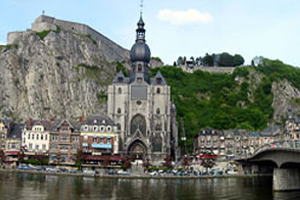
A visit to Dinant’s Citadelle, or fortress that looks over the city on a high cliff, will not only offer stunning views of the region but also a tour of the fortress’ 1914 exhibition , dedicated to the city’s World War One history and battles.
5.) Mons: the first and the last
Mons had a key role in commemorations as the first skirmish of the war between British (British Expeditionary Forces) and German forces took place at the nearby Nimy bridge on August 22, 1914. The first two Victoria Crosses of the war were awarded at the Battle of Mons and soldiers from both sides are buried at Saint-Symphorien cemetery, south of Mons, and the site of the second memorial on Monday. Four years later on November 11, 1918, Canadian troops liberated the city. A Canadian was the last soldier of the British forces to lose his life in the war, which is why Mons is known as The First and the Last.
Guided tours
A guided tour (in English and French) of the Battle of Mons sites is now running every weekend until September 14, Saturday and Sunday, from 14.00-17.00; extra tours at 10.00 on August 23. The three-hour tour, in an original red double decker bus, includes Nimy bridge, Casteau, Mons and Saint-Symphorien cemeteries.
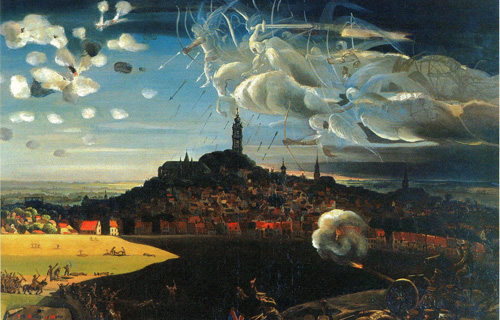
The Angel of Mons
One of the abiding legends surrounding the battle was the Angel of Mons, a cloud formation which apparently guided retreating British forces to safety. From August 1 to 24 a free sound and light experience descends on Mons’s Grand Place (centred on the city hall) every evening (except August 4) at 22.00.
Photos courtesy of the cities of Mons, Brussels and Liège.


